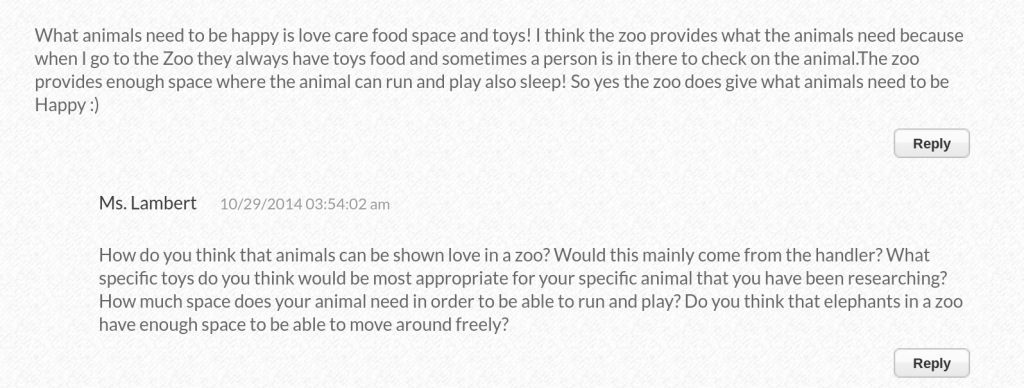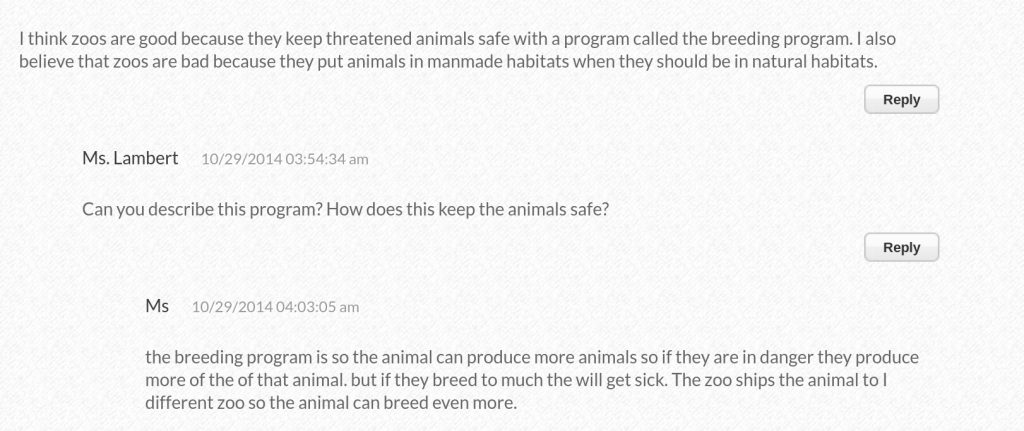Yesterday was Bell Let’s Talk Day which, as we know, is a great chance to engage in mental health conversations in our classroom. In my grade seven classroom, we opened up by discussing what the quote “It’s okay to not be okay” meant to everyone. Students were excited to open up and share about ideas of what they could do when they feel sad, bored, lonely, etc. Here are some coping strategies they shared with their classmates:
- put on headphones and listen to music
- relax in their room
- write in a journal
- talk to friends
- play video games
- spend time with a pet
- take a break
It was great to hear so many students sharing ways they cope with a bad situation or a sad day. Some grade sevens expressed that they had never felt sad or alone which is great, but I still mentioned that these strategies will be useful if you ever happen to feel that way in the future.
During our morning discussion about Bell Let’s Talk Day, why it exists and how people donate, some students shared that they felt mental health had been swept under the rug at their homeschools. They had never discussed the importance of talking about their mental well being or felt there wasn’t room for these conversations in the past. One student even went as far to say that this is the most comfortable he has ever felt in a classroom. A classroom that is 100% virtual, taking away all challenges that a physical classroom may present. I was very relieved to hear this as being virtual since September, I often struggle with the thought that none of these students will ever feel a connection to myself or their classmates. That comment made me think otherwise. I truly think that for the first time, some of these students can be their true, authentic self.
Throughout the day, we watched the Michael Buble video that donates 5 cents to mental health initiatives, we discussed how being physically active can help with mental health issues and we also talked about how there is always someone to talk to if you are feeling sad. One of my students even shared some important phone numbers in our chat that could help if someone was feeling overwhelmed.
One of my colleagues went as far as to call Kids Help Phone with her class and her students were able to ask them some important questions. They had great discussions about how old you have to be to call, what you could do if you were feeling sad and even what to do if you call and do not know. I thought that was a great idea and I look forward to calling them next year.
Mental health is so important to discuss in our classrooms, especially in remote setting as well as in light of the events of the past year. We need to know our students are okay and we need to let them know it’s okay if they aren’t. I don’t like that I know more about what my students know in math, science, etc. than about their mental well being. For that reason, last week I did a survey where I asked students to use one word to describe their feelings when coming to remote school each day. This was an anonymous survey so I feel that my students answered this as honestly as they could. Here were the results:
13/33- happy, excited or fabulous
4/33- tired
1/33- bored
2/33- confused
5/33- 0kay
8/33- did not respond to this question
We discussed these results as a class and students shared ideas of how to help the students who felt confused, bored, tired, etc. We talked about how it was great that so many people are happy but we should look to how to connect to the other students who are feeling something else. One of my students brought that up on her own and we had a great discussion about how we can create the best environment possible.
I want to continue doing morning check-ins to ask about their evening and how they are feeling. I will continue to create surveys where they can submit private concerns to me so that I can help them feel okay each day. I will make sure to put a higher emphasis on feeling confident, happy and comfortable next term. I have a great group of students who are excited each day to express their concerns and share their feelings. I encourage everyone who is nervous to ask these challenging questions or talk about the harder to approach topics to do so with their class. You will see how grateful your students are after these real-life discussions.
Hope everyone has someone to talk to during these challenging times.




